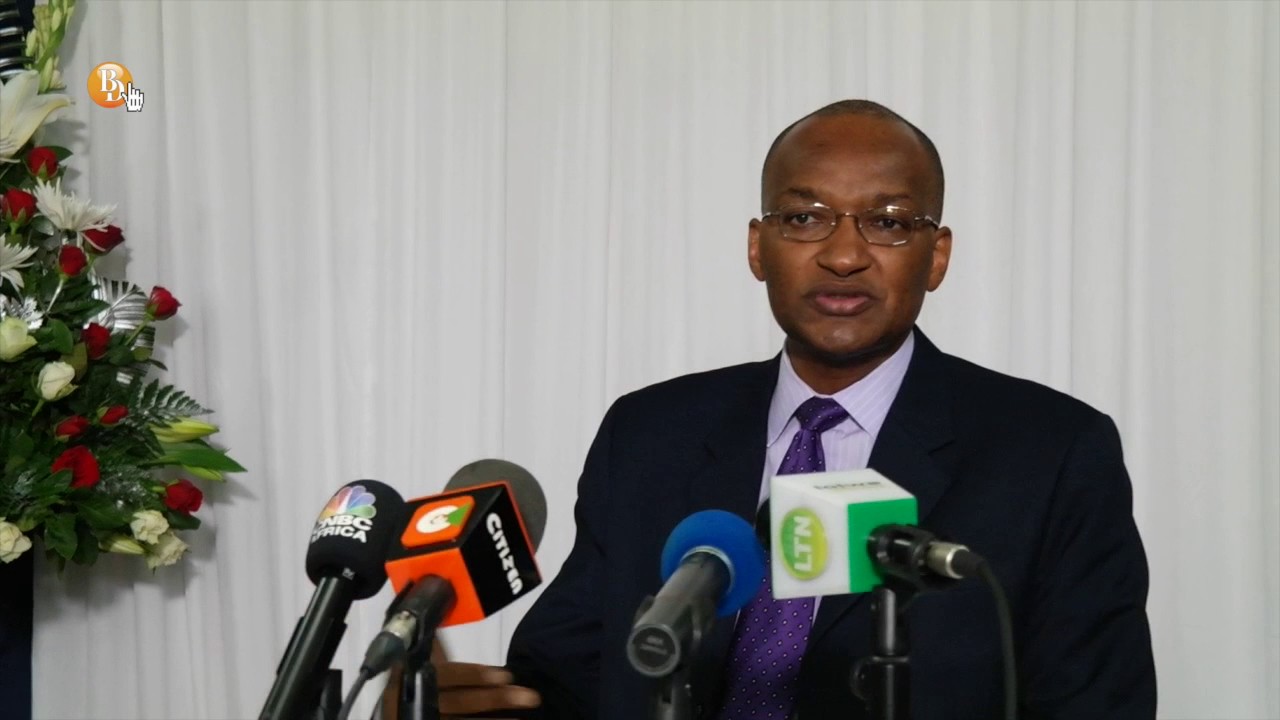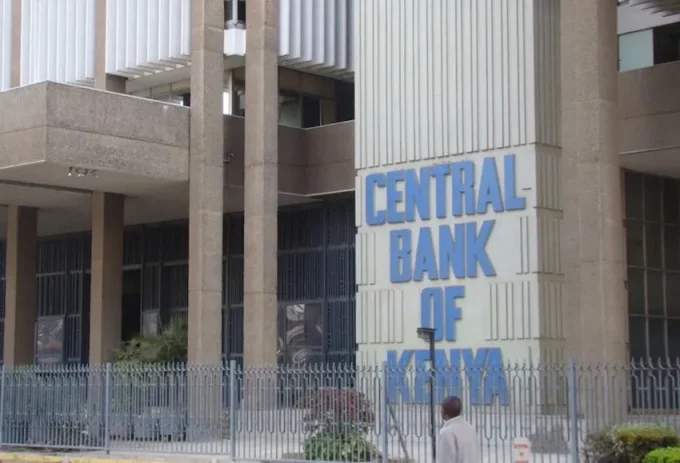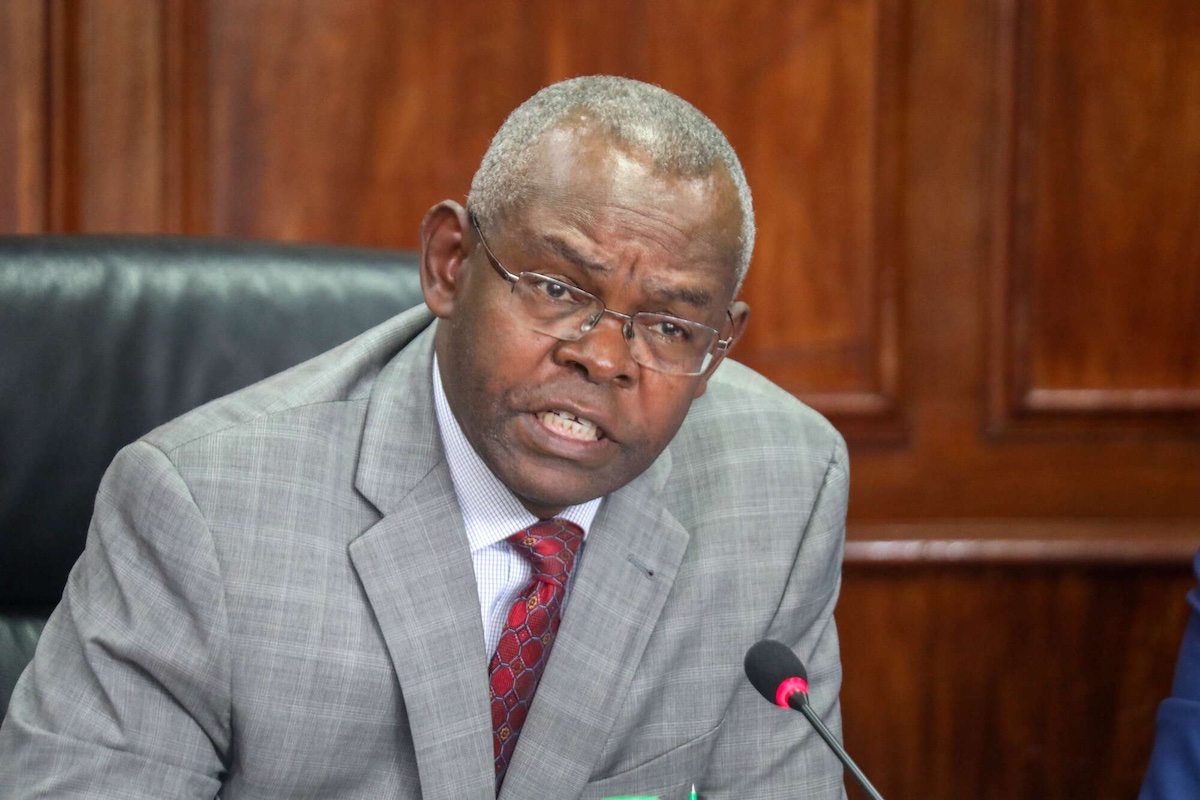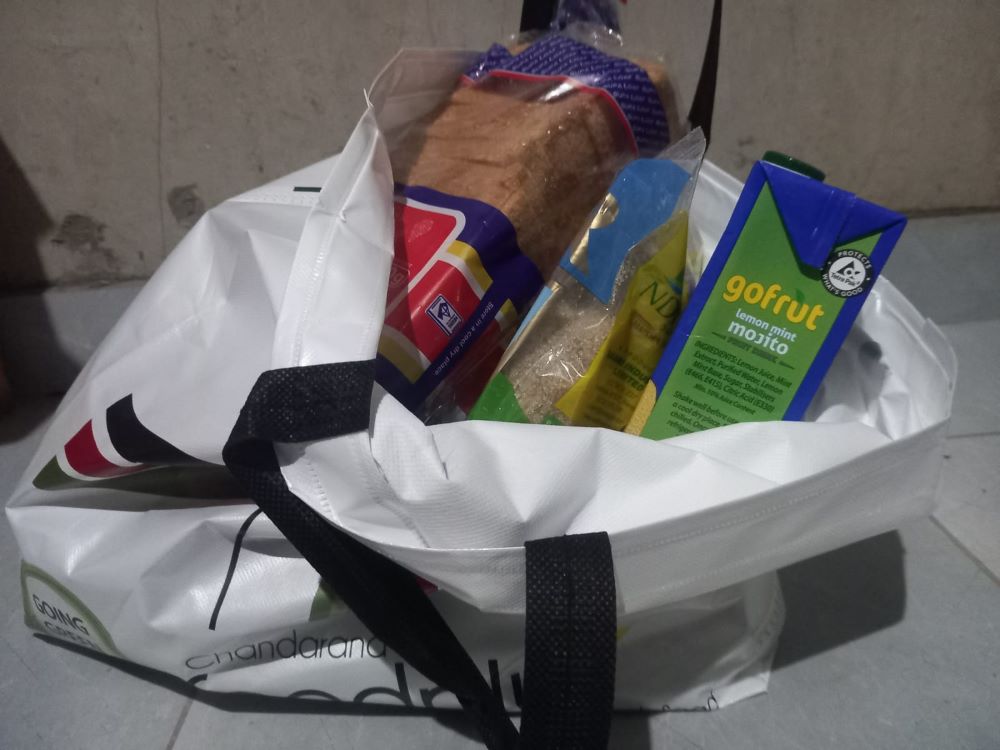The Monetary Policy Committee (MPC) on Monday voted to retain the Central Bank Rate (CBR) at 9.00, saying inflation expectations remained well anchored within the target range. But is said there is need to remain vigilant on possible spillovers of recent food and fuel price increases.
The Committee further noted that the economy was operating close to its potential. It also concluded that the current policy stance remains appropriate, and will continue to monitor any
perverse response to its previous decisions.
“The Committee therefore decided to retain the CBR at 9.00 percent. The MPC will continue to closely monitor developments in the global and domestic economy, and stands ready to take additional measures as necessary,” Central Bank of Kenya Governor Patrick Njoroge, who chairs the MPC, said in a statement.
The MPC meeting was held against a backdrop of domestic macroeconomic stability, sustained optimism on the economic growth prospects, improving weather conditions in most parts of the country and increased uncertainties in the global financial markets.
According to Dr Njoroge, month-on-month overall inflation remained within the target range in March and April 2019. The inflation rate stood at 6.6 percent in April compared to 4.4 percent in March, mainly reflecting increases in food prices attributed to depressed supply of vegetables and other fast growing food crops following the delayed onset of the long rains.
Food inflation rose to 7.7 percent in April from 2.9 percent in March. However, non-food-non-fuel (NFNF) inflation remained below 5 percent, indicating that demand pressures and the spillovers of the rise in food and fuel prices were muted.
“Overall inflation is expected to remain within the target range in the near term largely due to expectations of lower food prices following improving weather conditions, and lower electricity prices with the reduced usage of expensive power sources. Additionally, a timely release of maize stocks from the Strategic Grain Reserve will support the stability of food prices,” he said.
At the same time, Njoroge said the foreign exchange market has remained stable supported by the narrowing of the current
account deficit to 4.5 percent of GDP in the 12 months to April 2019 from 5.5 percent in April 2018.
“This reflects resilient performance of exports particularly horticulture and coffee, strong diaspora remittances, and higher receipts from tourism and transport services. Additionally, growth in imports slowed mainly due to lower imports of food. The current account deficit is expected to narrow to 4.8 percent of GDP in 2019 from 5.0 percent in 2018,” he added.
The meeting was also held days after the Government successfully issued a US$2.1 billion Eurobond, with a performance rate of 452 percent and favourable pricing.
“This reaffirmed investors’ confidence in the Kenyan economy. Consequently, foreign exchange reserves rose to an all-time high of USD10,056 million (6.4 months of import cover), and continue to provide adequate cover and a buffer against short-term shocks in the foreign exchange market,” he said.
Private sector credit grew by 4.9 percent in the 12 months to April, compared to 4.3 percent in March. Strong growth in credit to the private sector was observed in the manufacturing sector (7.9 percent); trade (8.4 percent); finance and insurance (13.3 percent); and consumer durables (16.4 percent). Private sector credit growth is expected to continue to strengthen in the remainder of 2019.
Read: Successful SMEs feted at Bizna Awards 2019
The Committee noted the rollout of innovative credit products, particularly those targeting Micro Small and Medium Enterprises (MSMEs). These products are expected to drive lending
to this sector which has previously been constrained of credit. The Committee looks forward to an assessment of the initial impact of these products.













Leave a comment